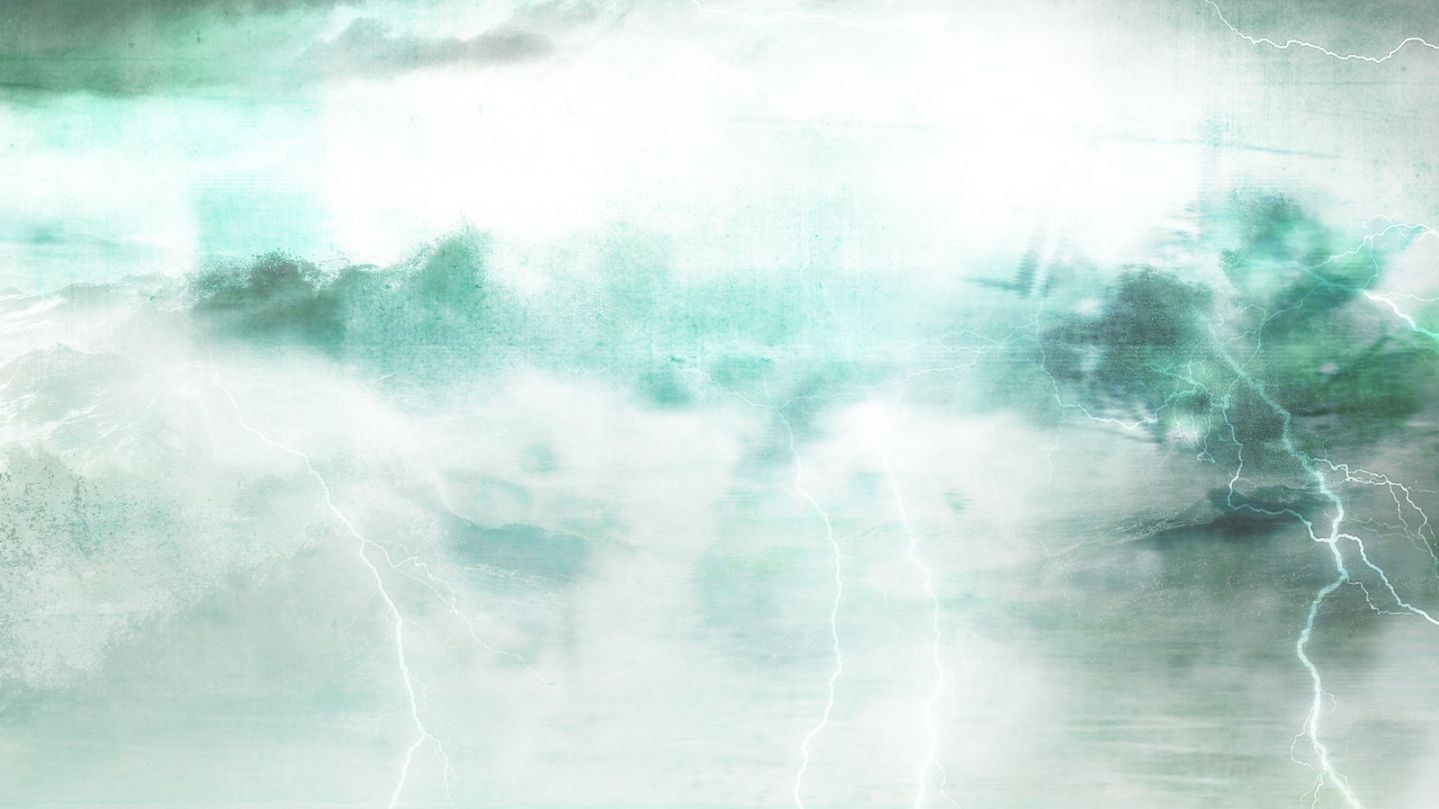Rebuilding is not a glamorous process, and it’s far from an easy one. Though Hurricane Florence has passed, the road ahead for survivors will take years to traverse, with innumerable questions and challenges along the way.
The only way to really know what this journey is like is to hear about it from others who have made it through a similar catastrophe.
- Ron Magill is a wildlife expert, communications director and goodwill ambassador of Zoo Miami. He and the majority of the zoo’s animals survived Hurricane Andrew in 1992.
- Colette Bennett is a writer and New Orleans-area native who was living in the city when Hurricane Katrina struck in 2005.
Their stories can provide a road map for those rebuilding after Florence, from the big-picture basics that need immediate solutions to the long-term emotional tests they will face.
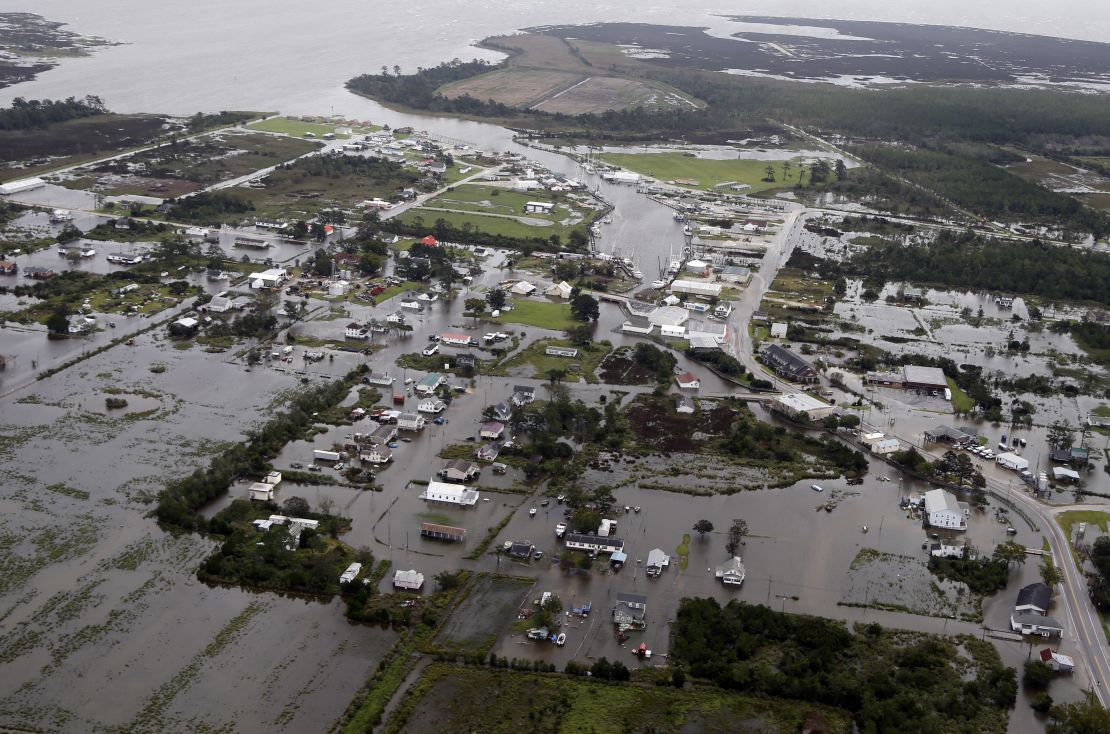
Where will I live?
This is the first and most crucial question of a hurricane survivor’s journey: Return home, or go somewhere else?
The lucky will be able to live in their own houses. But water damage, mold and contamination could render others unlivable for months.
For the thousands of Florence survivors who can’t go home yet and can’t stay with family or friends, the next few months may be spent adrift: in FEMA shelters, in temporary housing or in motels.
Even if a house is still standing and the neighborhood is safe, there’s no guarantee survivors will have access immediately to the basic comforts of home. Houses could be without running water, or without water that’s safe to drink.
When Hurricane Andrew hit, Ron Magill’s Miami house was mostly spared. But he had no electricity for almost two weeks. Magill used a generator to keep the fridge going, as well as a fan for his wife, who was nine months pregnant in the late summer heat.
“Andrew was a great equalizer,” he says. “If you lived in a $200,000 home or a $50,000 home, it didn’t matter. You still didn’t have power. Everybody needed water, everybody needed the same things, so the overwhelming majority of people came together to help each other.”
Andrew was a dry storm – swift and furious, with most of the damage owing to intense winds. It’s equally challenging when it’s a slow, sodden slog, like Florence or Katrina.

Do I even want to stay here?
In the days before Katrina hit, Colette Bennett packed a duffel bag and evacuated New Orleans to Houston with some friends. They all thought they’d be gone just a few days.
Then, their hosts flipped on the TV.
“You all better come here,” they said.
Levees across the region had crumbled.
“I don’t remember the images but the words,” Bennett recalled. “I remember them saying the mayor had declared the city closed. They didn’t know when it would reopen.”
“So, in that moment,” she said, “we all basically became homeless.”
Bennett would learn later her mother and grandmother had to be airlifted out of the hotel where they had gone to escape the storm. It took months for the pair to get back to their home in Chalmette, Louisiana.
Bennett chose a different path. She was in her 20s and didn’t own a home. “FEMA gave $2,000 to each of us to get our lives restarted,” she said. With $8,000 among them, she and three friends drove to California and rented a house.
She didn’t return to New Orleans for four years.
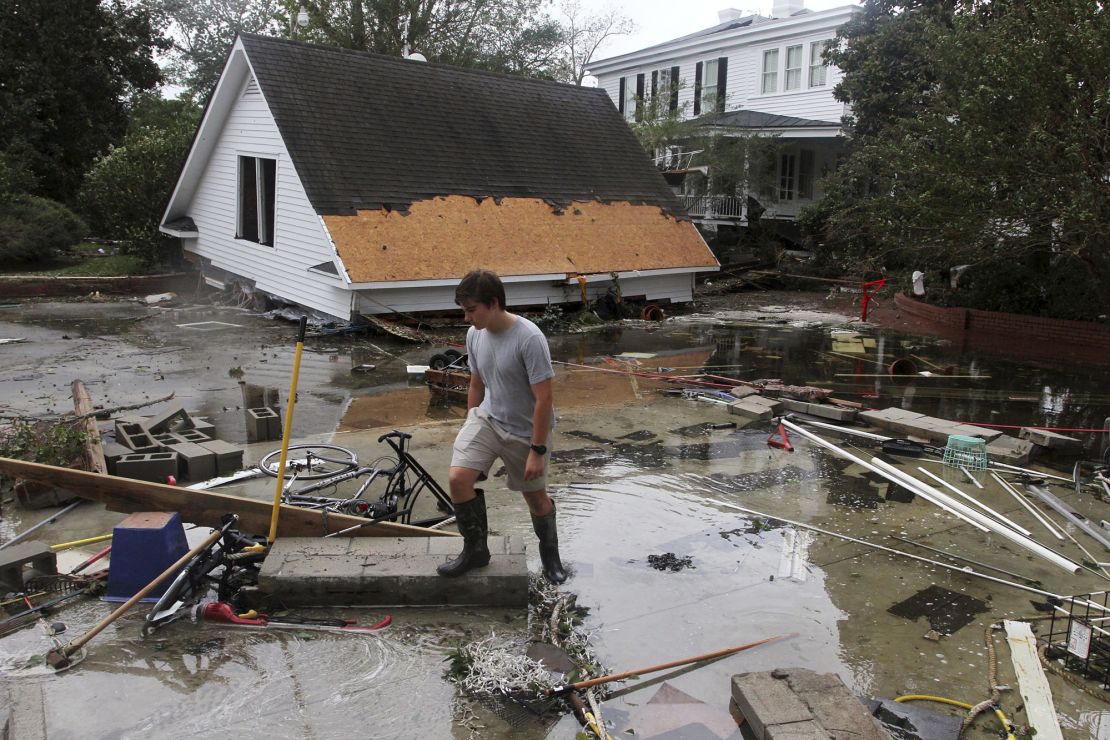
How am I going to fix everything that’s broken?
After basic safety and living situations are set, it’s time to start picking up the pieces – literally.
Barely days after the worst of hurricanes Harvey and Irma passed in 2017, residents were busy salvaging what they could and hauling the rest to the curb.
After natural disasters, piles of debris are an inevitable hallmark.
Things were especially bad after Andrew’s winds scattered everything in sight. “There were no trees, no fences,” Magill said.
At the local airport, he said, “there were airplanes wrapped around trees like tissue paper.”
“It’s just unbelievable to see that kind of power.”
Residents jokingly named the garbage heaps “Mount Trashmore.”
It can take weeks – months, even – and tens of millions of dollars to clear it all out.
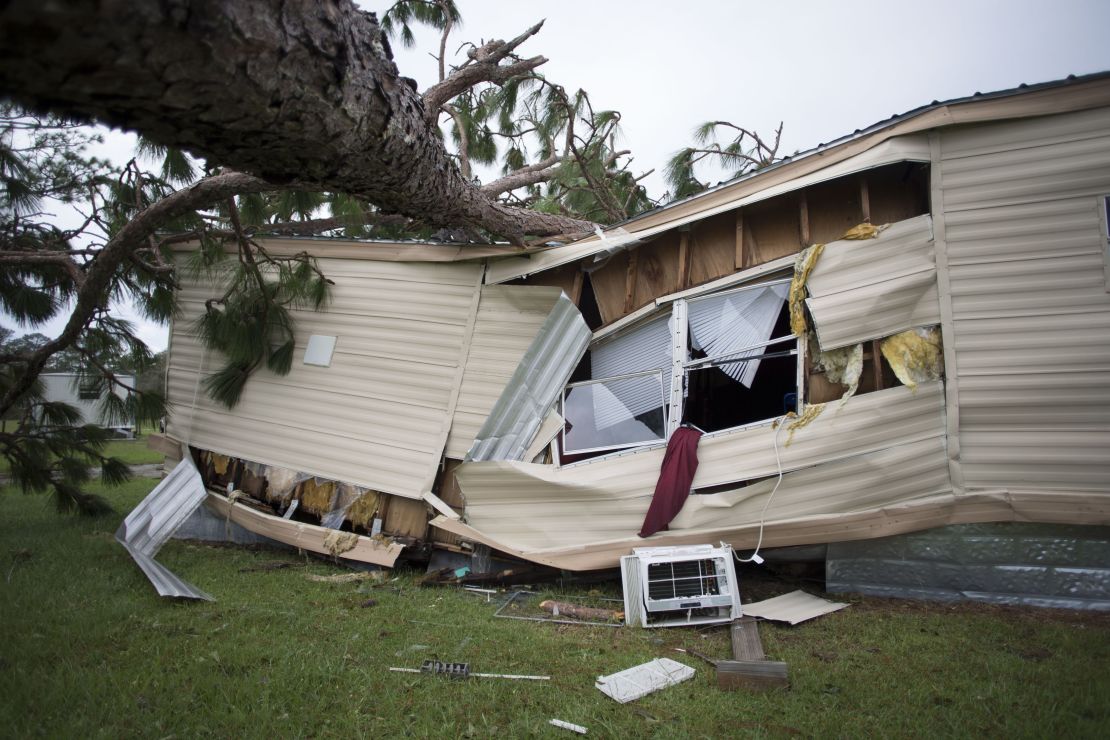
How am I going to pay for this?
Standing in an empty house as its useless guts bake on the front lawn, Florence survivors will undoubtedly ask themselves, time and time again, “Who is going to pay for all this?”
One of the first pieces of advice financial experts give natural disaster survivors is to contact insurance companies and prepare claims as soon as possible. Homeowner’s insurance, flood insurance, FEMA claims – all of them require documentation. Even if important papers have been lost to the flood, calling insurance companies and giving them relevant information can at least get the ball rolling.
Bennett’s family home in Chalmette was below sea level. After the storm, it was completely submerged. The house had to be demolished.
“(FEMA) gave my grandmother money to rebuild,” Bennett said. “She did not use it and put it in a savings (account). After five years, FEMA called and asked how much she had left. When she told them she had it all, FEMA gave her more and said, ‘Please build it.’ So, she got a brand-new house.”
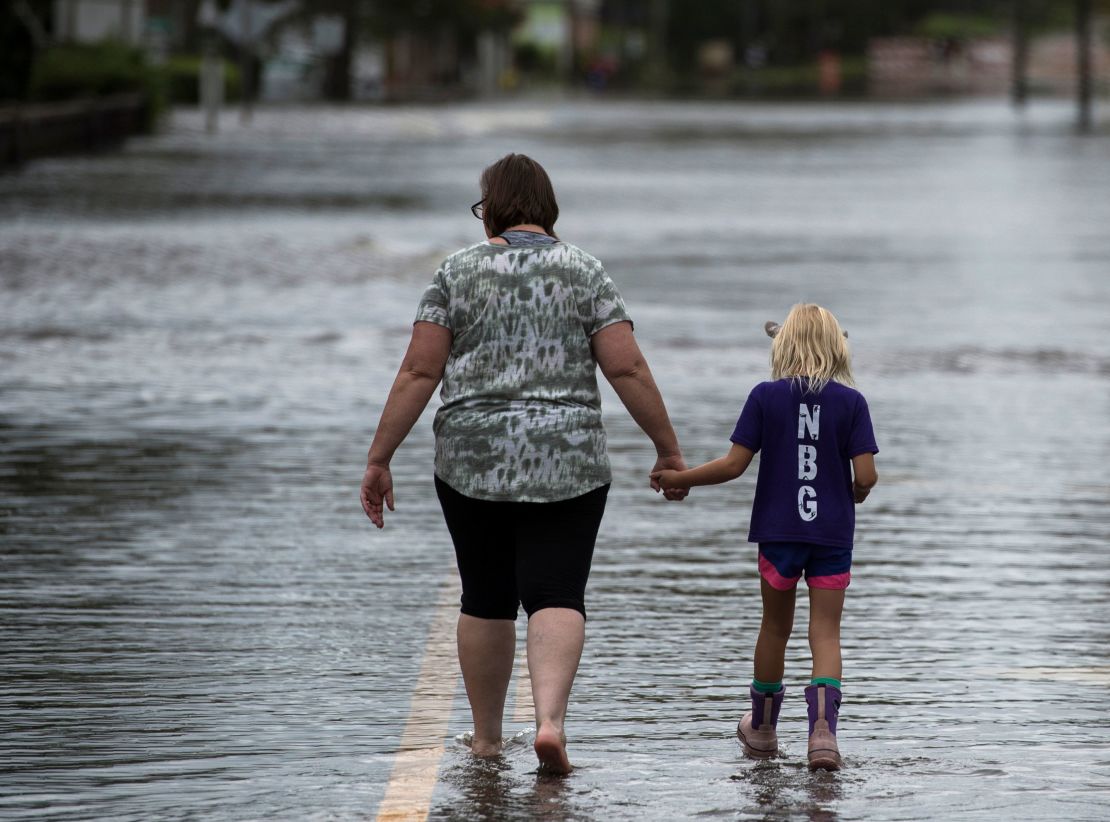
Where will my kids go to school?
Eventuallythe expectations of everyday life come calling. People have to go to work, children have to go back to school – but where?
Storm survivors may find themselves out of work – temporarily or not – and forced to dip into savings intended for other priorities, like a child’s education.
Students affected by Harvey reported to classes weeks after the event, many in temporary classrooms because most of the Houston Independent School District’s 300 schools remained inaccessible.
After Katrina, an estimated 372,000 students in kindergarten through 12th grade had to be relocated.
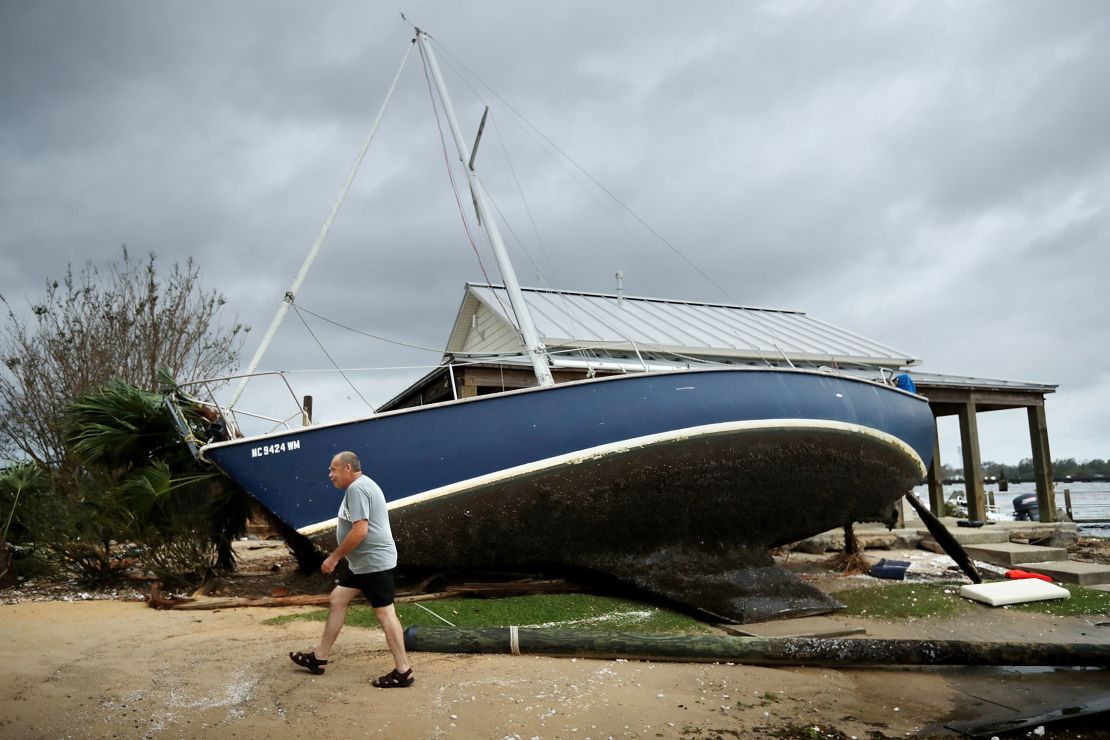
When will I be done rebuilding?
Rebuilding is more than fixing houses and shoring up neighborhoods. Routine parts of life suddenly become logistical puzzles. How, for example, will survivors get around if their vehicles were damaged, especially in places where most people don’t use public transit?
The math often is not pretty, and solving it is just one more roadblock on the path to normalcy. Weeks can stretch into years before it all falls into place.
After Andrew, the storm-damaged Zoo Miami and its staff and animals became media sensations. People sent hundreds of thousands of dollars in donations. Along with that came truckloads and private planes full of food, ice and supplies that Magill and his staff eventually shared with other survivors in need.
Despite – and perhaps a bit because of – the overwhelming support, the zoo felt pressure to reopen as quickly as possible. “Everyone was so caught up in the recovery and the rebuilding,” Magill said. Yet when it did reopen, a mere four months after Andrew struck, “it was a shell of what it once was.”
Over the years, the zoo returned to and arguably surpassed its former glory. But it became a perfect example of how, despite copious amounts of support, donations, wishes and prayers, rebuilding can’t be rushed.
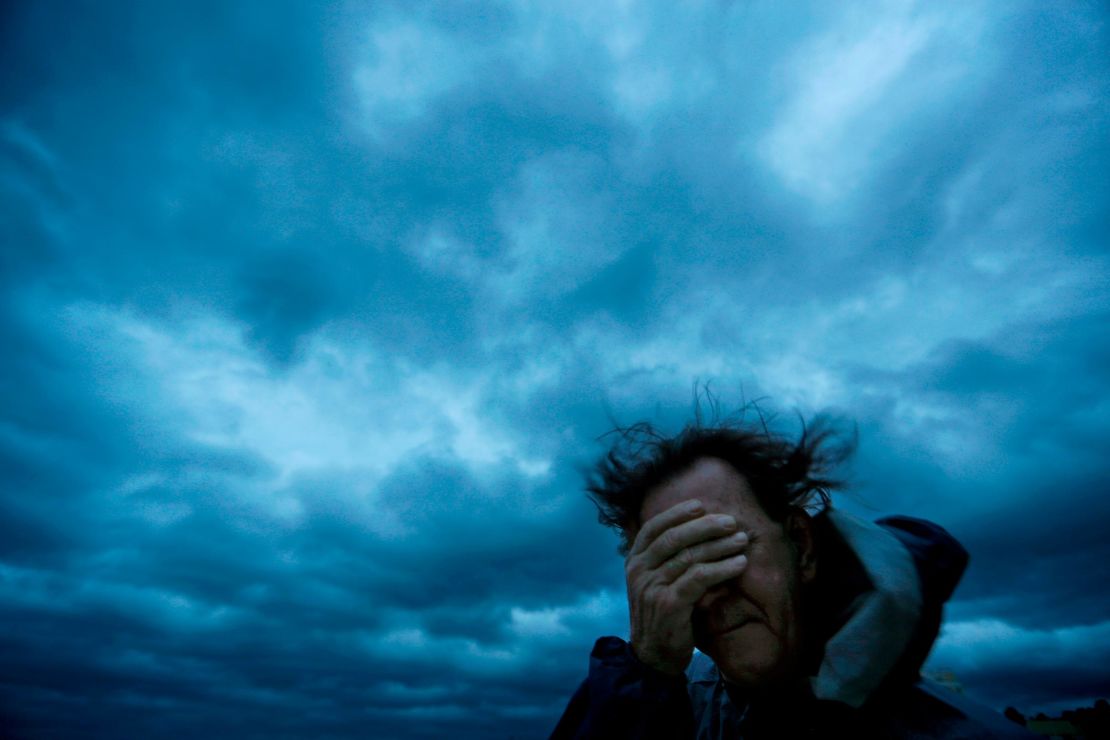
Will things ever be the same?
As things fall into place, Florence survivors may wonder why it doesn’t all feel normal again.
Ask those whose lives have been touched by such a disaster, and they’ll tell you “normal” isn’t exactly the right word.
“Nothing really gets back to normal,” Magill said.
While he and his wife still live in the same house where they sheltered from Andrew’s gales, it now has reinforced windows and a healthy stock of emergency supplies. He keeps a land-based telephone line and bought his mother a generator for extra safety.
It’s not fear, Magill said. That’s not how the people of South Florida – or New Orleans or Houston or the Carolinas – do things. It’s more of a heightened sense of preparedness, of knowing that the worst really is possible.
Cities, too, bear permanent scars.
When Bennett moved back to New Orleans four years after Katrina, it was a shock.
“The street I grew up on was hard to recognize because huge trees were torn down and houses were bulldozed or in shambles. Entire strip malls, huge buildings were gone. Many people did not return,” she said. “It had a gutted feeling.”
Twelve years after the storm, Bennett said that while her mother found the hope to process her grief, her grandmother still suffers from post-traumatic stress and anxiety and has found it hard to move on.
Recovery, Magill says, is possible.
“We thought there was no way we would ever recover from that hurricane,” he said. “But you’d be surprised at what you can do when you’re faced with doing it.”
Editor’s note: This piece, which originally published after the devastation wrought by Hurricane Harvey, has been updated to reflect the challenges Hurricane Florence survivors will also face.
CNN’s Michelle Krupa contributed to this story.
